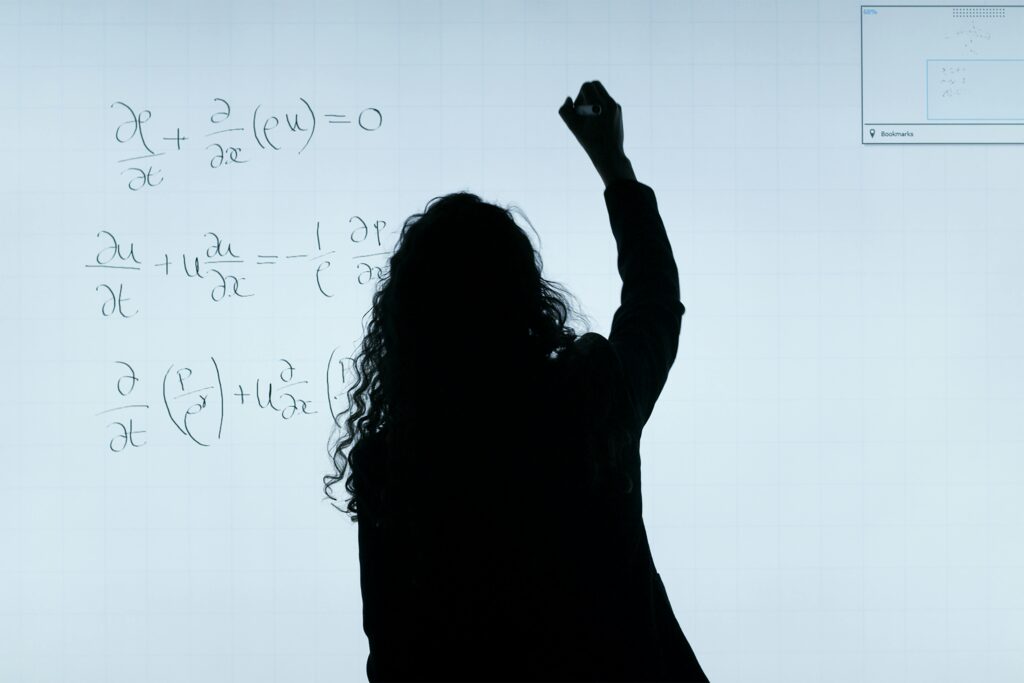The Strength of the Teacher: His Persona
The Importance of Personal Bond in Education

I remember that a very reputable professor, in the autumn of his life, wanted to have an experience as a school teacher. After the first months, he expressed his discontent: “I don’t reach the students.” After listening to the advice, he returned excited to his work. Halfway through the year, mismanagement in the classroom and lack of empathy with his students led him to ask for help more vehemently. His good disposition made him docile, but that was not the problem. The cause of his dissatisfaction lay in his teaching scheme. He was used to his students valuing primarily his knowledge, regardless of his persona. He never understood that in a school what the student learns happens through the persona of the teacher. Empathy and emotional closeness are inducers of learning.
Education, through its plans and processes, has as its goal the learner as a person. Trends preach coincidences; but the differences require personal treatment as a strategy to help formalize the unprecedented personal relationships that the student establishes with the educational project proposed by the school, whether through its ideology or the curricular contents. Every educational action has the virtue of modifying the learner. But for this change to be significant in the student’s biography, it is necessary to ensure his deliberate participation, since otherwise it would not be definitive.
Getting the child or young person to be the protagonist of their development is not easy. But it would be more difficult and onerous if personal treatment was not involved. And when we talk about personal treatment, we are far from presenting it as a kind of burdensome or demanding interrelation, which removes the teacher from fulfilling other duties and obligations. The thing is that personal treatment has to be framed in the ordinary relationship established between the teacher and the student.
First, it should be said that the disposition and trust of the student towards the teacher do not represent a peak that must be conquered. It just happens. Secondly, the roles and functions are properly outlined, which is why the student takes charge of what the teacher expects of him; and, thirdly, the relationship is established between two people located in different stages of maturity and experience, which allows, among other things, that the assessment of what is communicated is closely linked to ‘who’ does it. In other words, the student recognizes authority in the teacher by virtue of which what he says, although brief, constitutes something important for him. Therefore, the effectiveness of personal treatment lies in the teacher’s words and exemplarity. This authority that the teacher has, he has to increase with works and being consistent. Otherwise, the approach to the student would not go beyond being a mere formal relationship. I-it, Buber would say.
The word is fundamental to try to educate the interiority of the student. Contact or treatment with interiority requires respect, which is a basic educational attitude on the part of the educator. Furthermore, it calls for encounters, moments or spaces, whose atmosphere makes it easier for the student to actually unlock the lock on his inner world. It is advisable to diligently take advantage, in the attractive feat of building an educational environment, of the moments not dedicated to teaching class to ‘be present’ and close to the students, which is the most direct way to ‘encounter’ their personal world, which is strictly what is educated.
Authority is not only mastery of the subject and effective leadership of the group. It is also a reference, significance and relationship. In philosophy, relationship refers to two principles: objectives and order; in such a way that a relationship without order and without objective is not such. In education, one shows, the other observes; one teaches and the other learns; there is always someone who takes the initiative to offer direction. In this kind of dual combination, the object lies in the fact that ‘someone’ helps activate the powers of another ‘someone’. But acting on them requires an explicit and specific order; without this condition the relationship would not be educational.
Related

The Five (5) “C’s” of PonCe
Exaudi Staff
04 April, 2025
4 min

The Lies of Love: Debunking Myths and Rediscovering the True Meaning of Love
José María Contreras
04 April, 2025
1 min

Family and Mental Health: Parents’ Secret Superpower for Raising Happy Children
Laetare
04 April, 2025
3 min

Cardinal Arizmendi: Let Money Not Rule Us
Felipe Arizmendi
03 April, 2025
4 min
 (EN)
(EN)
 (ES)
(ES)
 (IT)
(IT)

